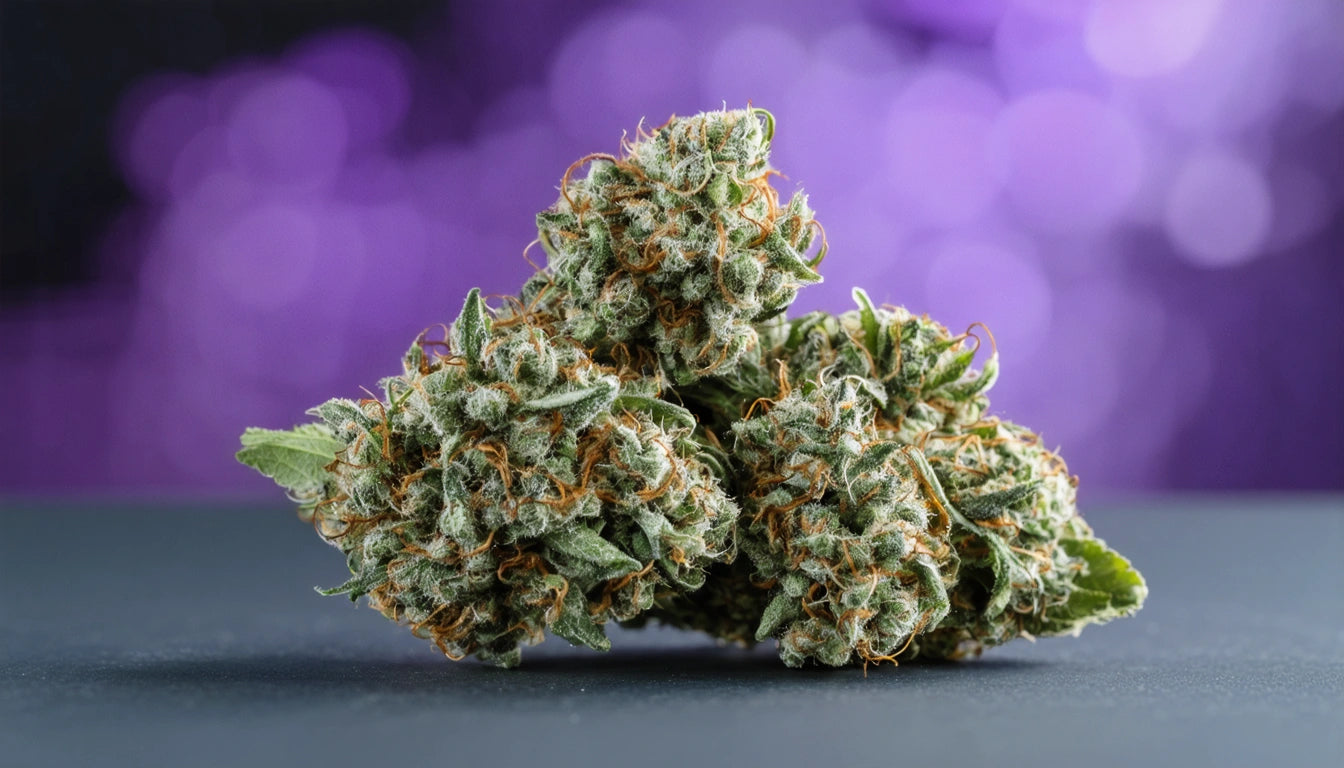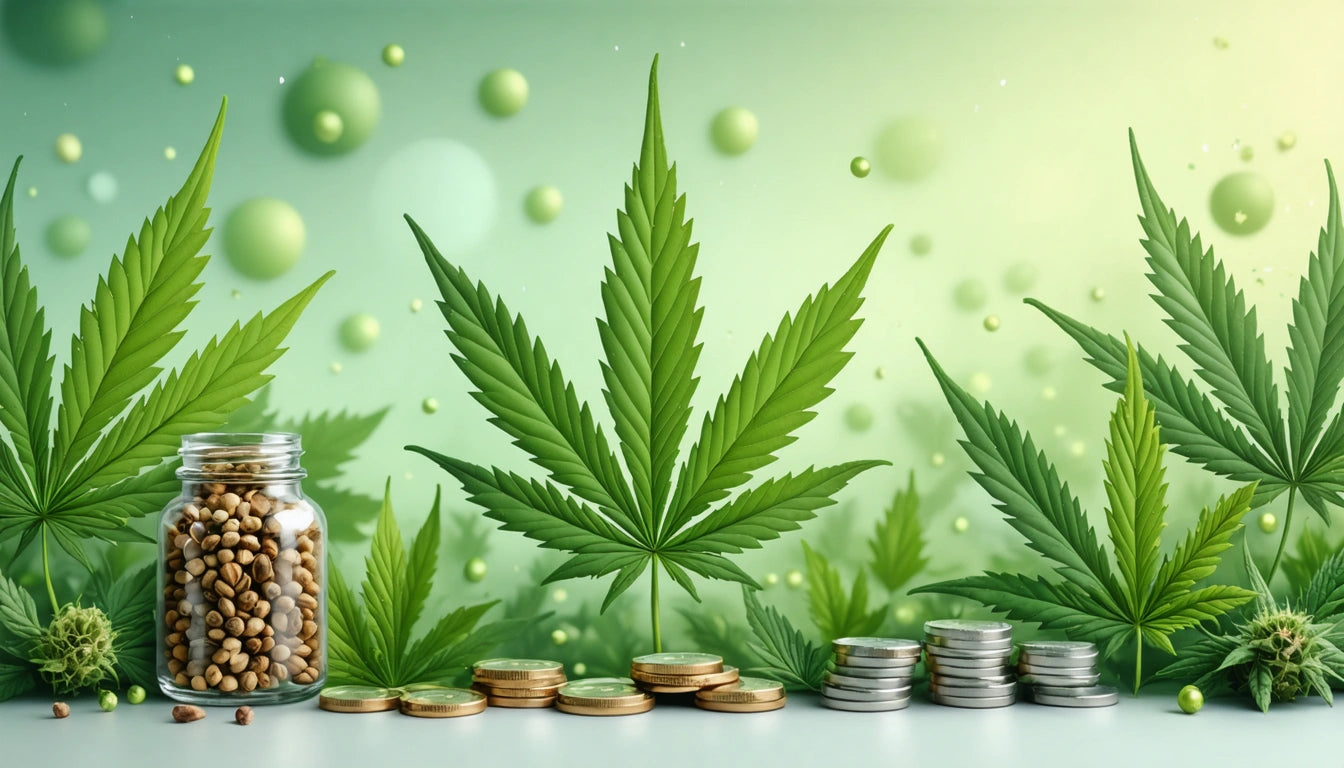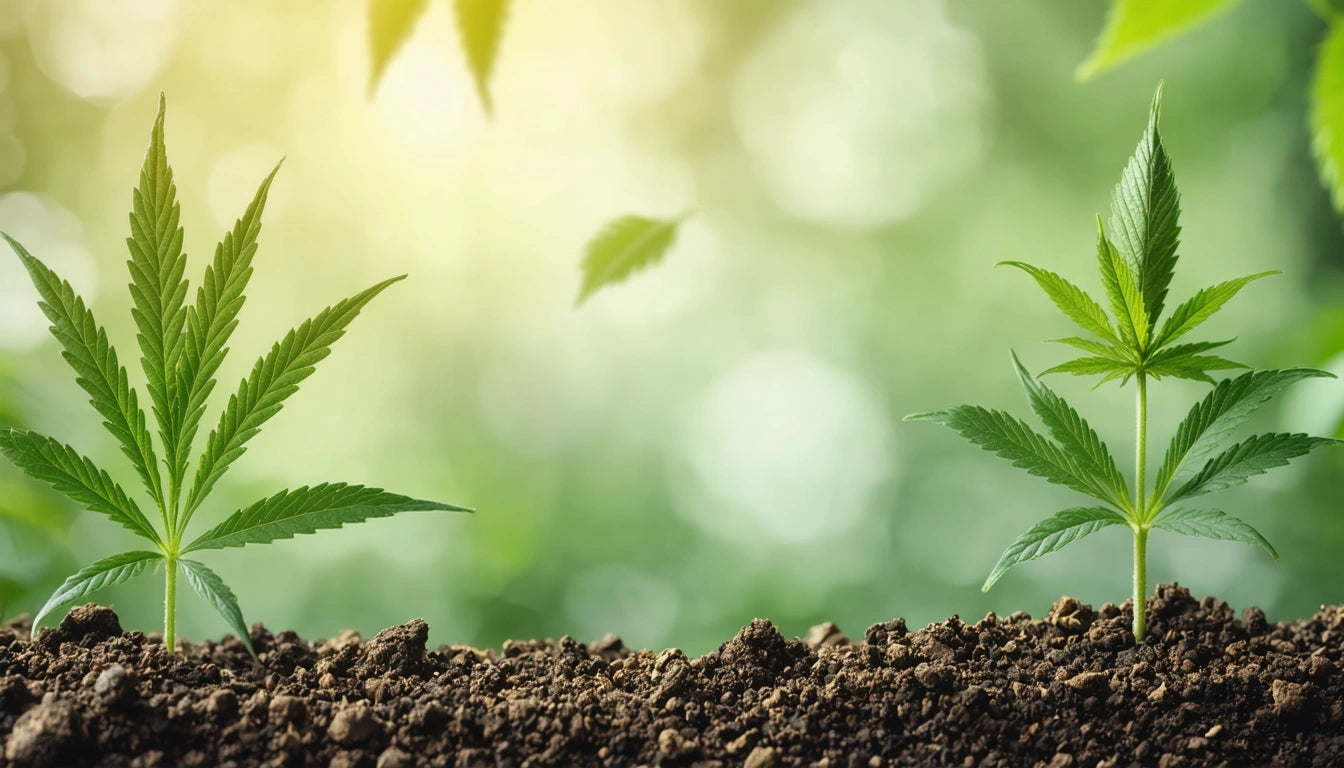Table of Contents
- Understanding Decarboxylation: The Science Behind Activation
- Optimal Temperature Ranges for Decarbing Cannabis
- Time Guidelines for Different Temperature Settings
- Methods and Equipment for Effective Decarboxylation
- Testing for Completion: How to Know When Your Cannabis is Properly Decarbed
- Storage and Safety Considerations for Decarbed Cannabis
Optimal Time and Temperature for Decarbing Cannabis
Decarboxylation is a crucial process that activates the cannabinoids in cannabis, converting THCA to THC and CBDA to CBD. Without this step, cannabis edibles would lack potency and medicinal benefits. Finding the perfect balance of time and temperature is essential for maximizing the effectiveness of your material while preserving valuable terpenes and cannabinoids.
Understanding Decarboxylation: The Science Behind Activation
Before diving into specific temperatures and times, it's important to understand what happens during decarboxylation. Raw cannabis contains cannabinoid acids like THCA and CBDA, which have minimal psychoactive effects. Decarbing transforms these acids by removing a carboxyl group (COOH), converting them into active compounds that interact with the body's endocannabinoid system.
The decarboxylation process is influenced by two primary factors: heat and time. Higher temperatures speed up the process but risk degrading cannabinoids and terpenes, while lower temperatures preserve more compounds but require longer exposure times.
Optimal Temperature Ranges for Decarbing Cannabis
Research suggests that the ideal decarboxylation temperature falls between 220 °F and 250 °F (104 °C to 121 °C). Within this range, you can effectively activate cannabinoids while minimizing degradation of beneficial compounds.
Temperature Breakdown:
- 220-225 °F (104-107 °C): Lower end of the effective range, preserves more terpenes
- 230-240 °F (110-116 °C): Most commonly recommended range for balanced activation
- 245-250 °F (118-121 °C): Higher end, faster conversion but increased risk of cannabinoid degradation
According to this comprehensive guide on decarbing methods, temperatures above 300 °F (149 °C) should be avoided as they can burn off cannabinoids and terpenes, reducing potency and flavor.
Time Guidelines for Different Temperature Settings
How long to decarb cannabis depends directly on the temperature you're using. Here are the recommended durations for common temperature settings:
How Long to Decarb Weed at 220 °F:
At 220 °F, the process is gentler but requires more time. Plan for 45-60 minutes of decarboxylation time. This lower temperature better preserves terpenes and provides a more full-spectrum result.
How Long to Decarb Weed at 230 °F:
When decarbing at 230 °F, aim for approximately 40-50 minutes. This middle-range temperature provides a good balance between efficiency and preservation.
How Long to Decarb Cannabis at 240 °F:
At 240 °F, the recommended decarb time is 30-40 minutes. This is often considered the sweet spot for decarboxylation, activating cannabinoids efficiently while minimizing terpene loss.
How Long to Decarb Weed at 250 °F:
When using 250 °F, limit the process to 25-30 minutes to prevent excessive cannabinoid degradation. This higher temperature works faster but requires more careful monitoring.
Remember that these times are guidelines. Factors such as moisture content, quantity, and the physical state of your cannabis (whole flower vs. ground) can affect the optimal duration.
Methods and Equipment for Effective Decarboxylation
Several methods exist for decarbing cannabis, each with advantages and considerations:
Oven Method:
The most accessible approach involves using a standard home oven. For best results:
- Preheat your oven to your target temperature
- Spread ground cannabis evenly on a parchment-lined baking sheet
- Cover loosely with aluminum foil to contain aromas
- Use an oven thermometer to verify temperature (many ovens are inaccurate)
A detailed walkthrough of this method is available in this home decarboxylation guide.
Specialized Decarboxylators:
Purpose-built devices like the Ardent Nova, Levo II, or Magical Butter Machine offer more precise temperature control and reduced odor. These devices typically provide consistent results with minimal monitoring required.
Mason Jar Method:
For those concerned about aroma, decarbing in a sealed mason jar placed in a water bath or oven can help contain smells while still achieving effective activation.
Testing for Completion: How to Know When Your Cannabis is Properly Decarbed
Visual and physical indicators can help determine when decarboxylation is complete:
- Color change: Cannabis should turn from green to light/medium brown
- Texture: Material becomes dry and crumbly
- Aroma: The smell transitions from grassy to more nutty or toasted
For those seeking more precision, this complete decarboxylation guide recommends checking that the material is completely dry but not burnt, with a consistent color throughout.
Storage and Safety Considerations for Decarbed Cannabis
Once decarboxylated, cannabis becomes more potent and requires proper handling and storage:
Storage Best Practices:
- Store in airtight containers away from light and heat
- Keep in a cool, dark place to preserve potency
- Consider vacuum sealing for longer-term storage
- Label clearly with date and strain information
Safety Precautions:
When creating cannabis products for consumption, especially in households with children, proper safety measures are essential. Proper safety packaging requirements should be followed to prevent accidental ingestion, similar to regulations for pharmaceuticals and other potentially harmful substances. Always store decarbed cannabis and resulting products in child-resistant containers, especially for edibles which may be mistaken for regular food items.
According to this guide on consuming decarbed cannabis, proper labeling and storage not only maintain potency but also prevent accidental consumption by unintended individuals.
By following these guidelines for time, temperature, method, and safety, you can achieve optimal decarboxylation results that maximize the potential of your cannabis while ensuring responsible use and storage.











Leave a comment
All comments are moderated before being published.
This site is protected by hCaptcha and the hCaptcha Privacy Policy and Terms of Service apply.